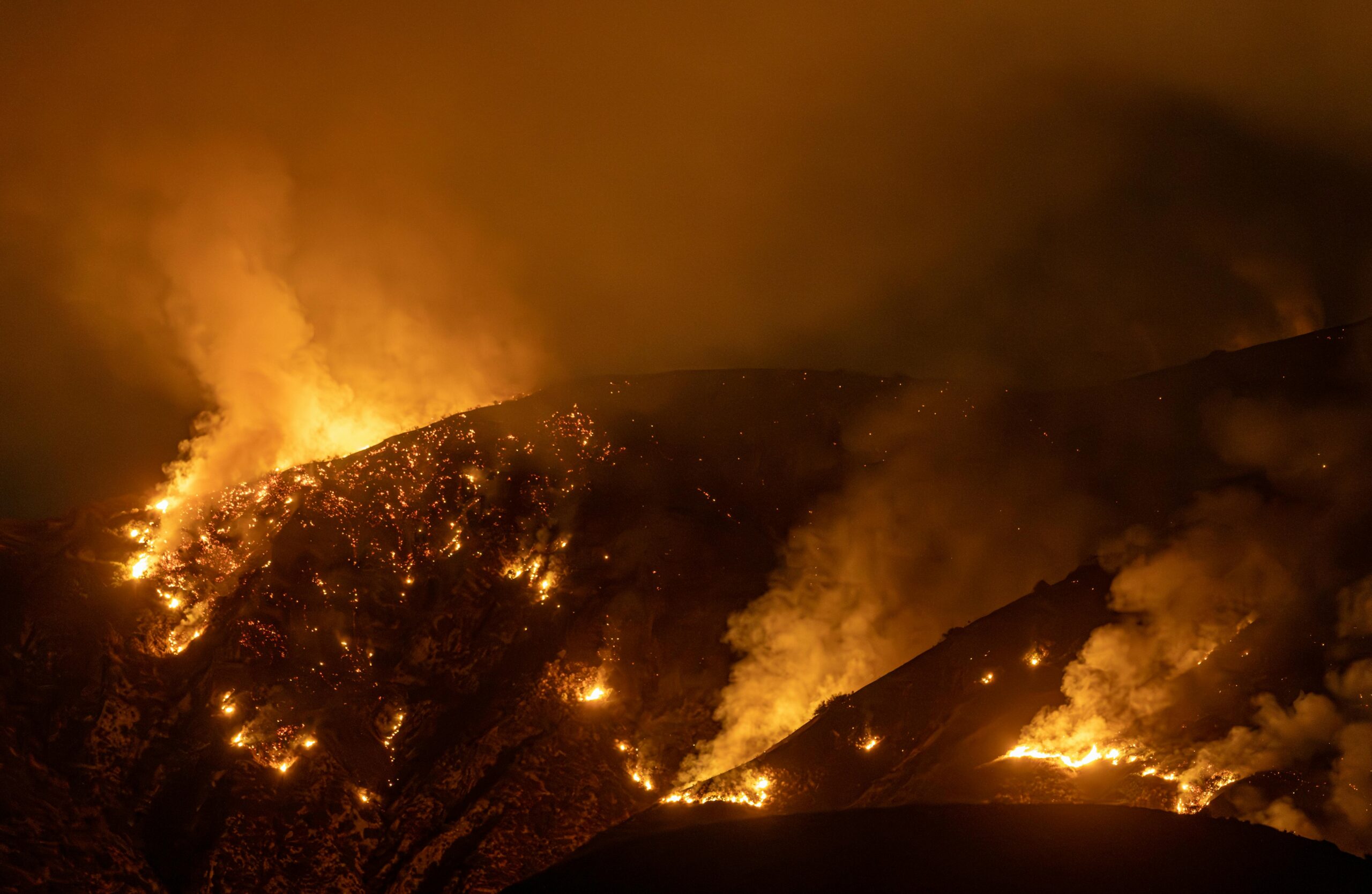Climate Justice is Racial Justice

This weekend, Hurricane Ida made landfall in my hometown of New Orleans, leaving behind a wake of destruction as flooding and power outages impacted over a million residents, including my aging parents who are without power and may be for weeks. Ida’s onslaught came exactly 16 years after Hurricane Katrina devastated the region, resulting in the deaths of more than 1,800 people — many of whom were poor, elderly and Black. Ida is just one of the climate disasters demanding our full focus on climate justice.
Here in California, a mass evacuation of South Lake Tahoe is underway as the Caldor Fire threatens thousands of residents and homes in towns large and small, and is bringing wildfire smoke into the surrounding regions. In the last several weeks we’ve witnessed extensive flooding in Tennessee, the Northeast and Germany, wildfires raging in Europe, and an ongoing drought in too many places to name. As we bear witness to this heartbreaking and devastating reality, our hearts are with those families who have been irreparably harmed by these disasters.
Not only is the climate crisis getting worse, it’s exacerbating racial inequality at an alarming rate.
Whether it’s neighborhoods that lack the resources or transportation to evacuate safely, subpar power grids that cause wildfires or leave vulnerable households literally in the cold, or crumbling infrastructure that fails when we need it most, all communities need support to withstand the worsening climate crises. However, while these disaster prevention investments are critical for everyone, communities of color are also made more vulnerable because of a lack of healthcare, affordable and safe housing and transportation, and economic security.
Environmental racism is not new. Communities of color continue to be hit first and worst by these climate crises. Many low-income communities of color in Louisiana live in areas without levees, making them and their neighborhoods especially vulnerable to storm surges, and the same communities in California often face the most challenges finding safe ways to evacuate from wildfires and find shelter.
Moreover, due to a legacy of redlining, systemic disinvestment, and racist infrastructure policies, predominantly Black and Brown neighborhoods are already more likely to have health disparities because of air pollution and dirty drinking water, and to suffer health impacts from climate crises like asthma, cardiovascular disease and vector-borne disease. COVID-19 further compounds climate disasters as people struggle to social distance in crowded shelters and hospitals have much lower capacity because they already have a high number of COVID patients.
The time for climate justice is now. That’s why the Greenlining Institute is calling on lawmakers to make equity a priority when considering climate change and infrastructure legislation.
In California, The Greenlining Institute is urging lawmakers to build climate resilience in impacted communities by fully funding programs like the groundbreaking Transformative Climate Communities program, (which funds multiple emission-reducing services delivered through community-led efforts like affordable solar-powered housing with access to public transit and active transportation), Urban and Community Forestry (which uses nature‐based solutions like green space and tree canopy to lift up California communities disproportionately impacted by extreme heat and air pollution while also providing job opportunities), and community resilience hubs (which are facilities like schools and libraries located in vulnerable communities that can provide integrated delivery of emergency response services including clean backup power, clean air respite, cooling, food storage and distribution, shelter, telecommunications and broadband services, economic assistance, and other public health measures).
As this is being written a million people in Louisiana have no power — meaning no air conditioning in sweltering heat and humidity — no working cell phones, and in many cases no running water. Resilience centers, backup power and shade-providing trees can be critical in the hours and days following a climate disaster. All of these programs are part of the Just Recovery Network’s recommendations for multi-benefit resilience-building projects championed by communities on the frontlines of climate change. Climate justice will save lives.
While lawmakers have begun to consider climate resilience, they need to do much more to truly center equity and protect our most vulnerable communities before disasters strike. Climate disasters are here, more are coming, and they will hit communities of color and low-income communities hardest. We cannot continue to leave behind communities at the frontlines of converging climate, economic, and public health crises. It’s time for climate justice. It’s time for racial justice. It’s time to strengthen communities so that they can survive what’s coming and thrive in the long run.



